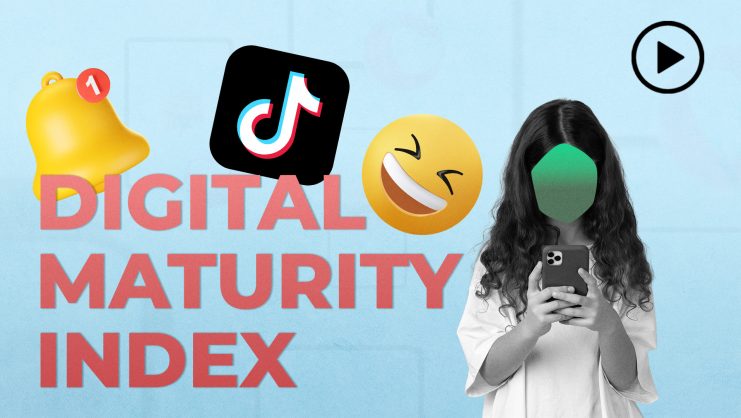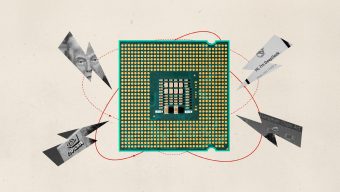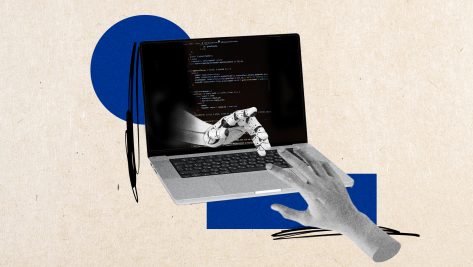Artificial intelligence is causing a stir, and some concern, in the education sector, particularly with the release of Large Language Models (LLMs), those generative AI tools such as ChatGPT, that come without proper guidance for educators. The potential impact on academia is immense, as traditional writing assignments are challenged by well-written AI-generated content. The use of AI tools in programming and technical fields also raises questions about the role of human expertise and, overall, about our human part in this new playing field. Despite the challenges, there is huge potential for AI to enhance learning, and educators should (carefully) consider the impact of these magical technologies and develop strategies for their optimized integration.
Cheating is, of course, a persistent concern among educators, and addressing it may require reverting to oral exams or asking students to write their answers by hand in traditional exam books and answer sheets. AI-generated text that can be identified by other AI tools could be developed to combat cheating. Yet, while addressing cheating and dishonesty is important, it is equally crucial to focus on the opportunities that these disruptive technologies can provide to enhance education.
There are many promising areas, for example the development of new teaching methods using AI tools, like ChatGPT and OpenAI Playground. Educators can experiment with new approaches and gain a better understanding of the capabilities and limitations of these systems, and thus open up new possibilities for learning and a more engaging educational experience for students.
The key to understanding AI in education is acknowledging the opportunities it presents, along with its challenges and limitations. AI can assist with teaching in innovative ways, but AI-generated content may not always be accurate or reliable. Students should be taught a fundamental understanding of the topic they are studying and develop their own critical thinking skills when evaluating AI-generated content. With practice and guidance, students can learn to interact with AI models effectively, leading to greater success in their studies and better preparation for a future in which AI integration is inevitable and exponentially growing.
Instructors must be transparent about what students can and cannot do.
Welcoming AI into the classroom requires careful design thinking. Creating a classroom policy that outlines guidelines for using AI effectively is an important first step in that it can support students with methodologies for understanding how to properly use AI tools in a meaningful way. Once these kinds of policies are in place, educators can then incorporate AI into the curriculum for a wide variety of tasks such as writing assignments, implementing machine learning algorithms for personalized feedback on student performance, or generating forecasts, images, and videos.
Indeed, clear “rules of the game” are needed in order to create a productive and responsible environment for using ChatGPT and other LLMs in academia. Instructors must be transparent about what students can and cannot do and set clear expectations for how LLMS are best used – and these instructions should address potential problems, provide guidance for acceptable use, and encourage students to explore and play with the technology in an honest and effective manner.
It is important to remember, of course, that AI is a tool – it should not replace human interaction or critical thinking skills. By experimenting with AI and finding ways to incorporate it into the teaching practice, educators can help students develop a deeper understanding of the content and the reliability of the sources, improve their writing skills through constructive assessment and iterative revisions, and develop skills in analyzing and synthesizing material – all while considering the strengths and limitations of content provided by LLMs and thereby promoting an ethical and responsible use of the technology.
For example, incorporating peer review with AI-generated content can foster a supportive and inclusive classroom environment, where students can learn from each other’s perspectives. It can promote active learning and encourage students to take ownership of their learning process. Furthermore, this approach can help them. However, it’s important to note that AI-generated peer review is not a substitute for human evaluation and judgment – rather, it is a complementary approach that encourages its use as a means to enhance learning and create an environment where students can explore and experiment while being nudged into using these tools ethically and responsibly.
Another great way to use AI is for collaborative working. Students can leverage ChatGPT to brainstorm, generate ideas, and cowrite assignments in the same format and language style. LLMs can assist with translation services, pronunciation guidance, and vocabulary. In fact, humans can practice language skills by engaging in conversations with ChatGPT, not only for the purpose of practice but as a personal mentor that instructs and provides instant feedback. Additionally, AI-augmented research is a great way to optimize these tools, by automating tasks such as summarizing articles, extracting key ideas from a text, creating topic bullet points, and identifying relevant sources.
By integrating AI into the classroom, educators can raise the bar for student achievement. For example, AI tools can help level the playing field for students who may struggle with writing or other academic tasks, providing them with equal opportunities to produce high-quality work without resorting to unethical practices – so long as they are also taught to critically evaluate the results and properly cite the authorship. This last point goes both ways, actually. Educators should likewise be ready to credit the AI tool used and provide information on the prompts used to generate content.
ChatGPT (and similar technologies) can also help students stay organized and manage their time effectively by providing reminders, creating to-do lists, offering scheduling suggestions, and prioritizing tasks. It can also serve as a virtual tutor and help students review course materials, clarify concepts, and run through examples and practice problems. Beyond the classroom, these technologies can serve as virtual mentors and even provide advice on development topics such as goal-setting, career planning self-improvement, mental-health support, sports assessment, news curation, and many other super useful features. Ultimately, AI can offer personalized suggestions and guidance to help students make informed decisions – but for this, students must be trained to use the tools well and ask questions correctly and accurately.
It is clear that incorporating AI into education offers numerous benefits – from leveling the playing field for students and empowering them to produce high-quality work to promoting the responsible and ethical use of technology. With proper guidance and a thoughtful approach, AI can revolutionize education and take student learning to new heights.
© IE Insights.











